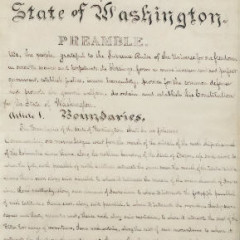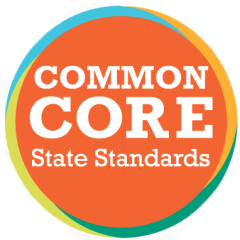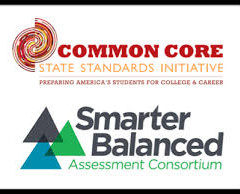By Tom
For thirteen long years the country endured a law that very few supported. A law that spawned malaise, demoralization and corruption. A law that everyone knew wasn’t working and had to be changed. And when it finally died, a nation rejoiced.
I’m referring, of course, of Prohibition. If I was referring to No Child Left Behind, the last word of that paragraph would have been “yawned.”
Why is it that last week’s re-authorization of the Elementary and Secondary Education Act (ESEA) which is now called the Every Student Succeeds Act (ESSA) barely caused a stir? Even in faculty rooms?! The law was passed on Wednesday, signed on Thursday, and not a word was spoken at my school until Friday, when our principal spent about two minutes explaining how our school was no long “failing.” And even then, no one in the room could correctly name the new law.
Why the indifference?
Is it because teachers are too busy to even know about this news? Could be. Teachers do work hard, and the work is such that we don’t really have a chance to tune in to the news during the day. And when we get home, our evenings are pretty much filled with taking care of our own families and planning for the next day.
Or is it because teachers are too cynical to really care? After thirteen years under NCLB, it’s hard to take federal education policy seriously. After all, we were basically given a legislative mandate to make every child hit grade level; an arbitrarily imagined level that roughly corresponds to “average.” Which essentially means that we had twelve years to make sure that every kid in the country is at or above average. It was hard to take that seriously.
I think it’s both of those and then some. Consider this: On Wednesday, while the law was being passed, I spent the morning getting fourth graders to apply close reading strategies to complex word problems; helping them translate text into situation equations, which could then be solved. With a labelled answer. I spent the afternoon getting those same fourth graders to summarize realistic fiction by mentioning the setting, main characters and major plot points. And in between I was finalizing the final roster for our first “Homework Club” where a handful of local high school honor students work with the lowest 5% of our student population in my classroom after school.
There is an ironic disconnect between federal education policy and what’s happening in schools. Ironic, because most of us are already doing – and have been doing – exactly what federal policy is trying to get us to do: teaching quality lessons and providing remediation for those students who need it.
ESSA is a big deal. And it’s a huge improvement over what it replaced. A huge improvement, in that it represents a transfer of control from the federal to the state level.
But because of the damage done to the relationship between the Department of Education and classroom teachers, it might be awhile before teachers bother to notice.
 By Tom White
By Tom White By Tom White
By Tom White
 By Tom White
By Tom White By Tom White
By Tom White My son graduated from high school yesterday. I’m very proud of him, of course; he’s a smart, talented kid with enormous potential and a music scholarship to the University of North Texas. He will go far.
My son graduated from high school yesterday. I’m very proud of him, of course; he’s a smart, talented kid with enormous potential and a music scholarship to the University of North Texas. He will go far. By Tom
By Tom By Tom
By Tom